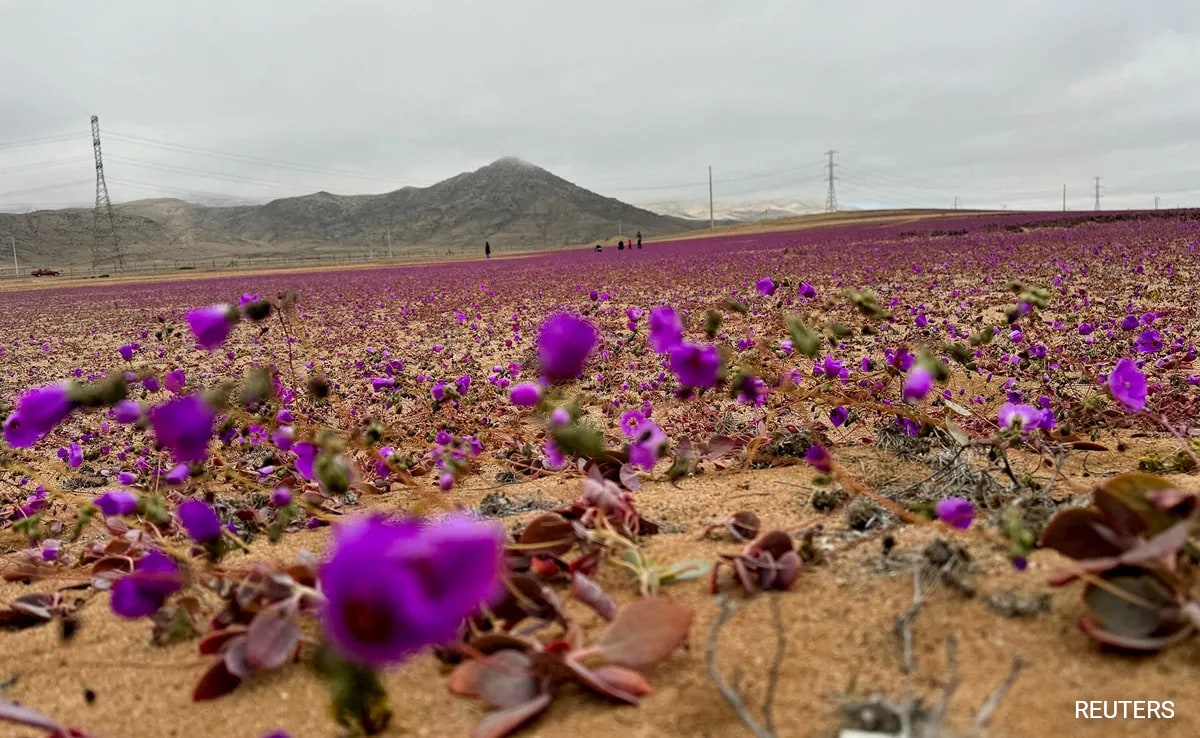- Home/
- Chile's Atacama Desert Flower Could Hold Key To Drought Tolerant Crops
Chile's Atacama Desert Flower Could Hold Key To Drought Tolerant Crops

In Chile's arid Atacama, the driest desert in the world, scientists are studying a small, resilient flower that could hold genetic clues to help crops withstand worsening drought conditions driven by climate change.
The Cistanthe longiscapa, known locally as "pata de guanaco," blooms during rare rainfall events in the Atacama desert, creating a mosaic of colors known as the flowering desert phenomenon.
Now a team at Chile's Andres Bello University is conducting genetic sequencing experiments to uncover the traits that allow the fuchsia-colored flower to survive water scarcity and extreme temperature swings in one of the planet's harshest environments. Their goal is to transfer drought-tolerant characteristics to other crops.
"With climate change, droughts are becoming a serious problem for agriculture, for the world and our country," said Ariel Orellana, director of the university's Plant Biotechnology Center. "We need plants that are capable of tolerating that drought."
Chile faces mounting water challenges and the World Resources Institute ranks it among the most water-stressed countries in the world. Studies warn of extreme drought conditions by 2050 across Chile's fertile central valley - key for agricultural exports including wine, fruit and livestock.
What makes pata de guanaco unique, said Orellana, is its ability to switch between different types of photosynthesis, making it a model plant for extreme environments.
Under stress from drought, intense sunlight or salinity, the plant activates a water-saving method known as CAM photosynthesis. When conditions improve, it reverts to the more common C3 photosynthesis.
"This flexibility makes it a great model for studying how genes control these changes," Orellana added.
Cesar Pizarro Gacitua, head of biodiversity conservation at the Atacama region of Chile's CONAF forestry agency, says more joint research is needed to understand the plant's mysteries.
"How does it produce enough food, perform photosynthesis, to survive extreme conditions?" Pizarro said.
The Great Climate Change Challenge is now open, and we are looking to connect with social entrepreneurs, tech innovators, NGOs, young scientists and students.
If you are a climate change warrior or know someone who is doing incredible work in this space, send us your entries and we'll bring some of the most innovative stories to the world.






